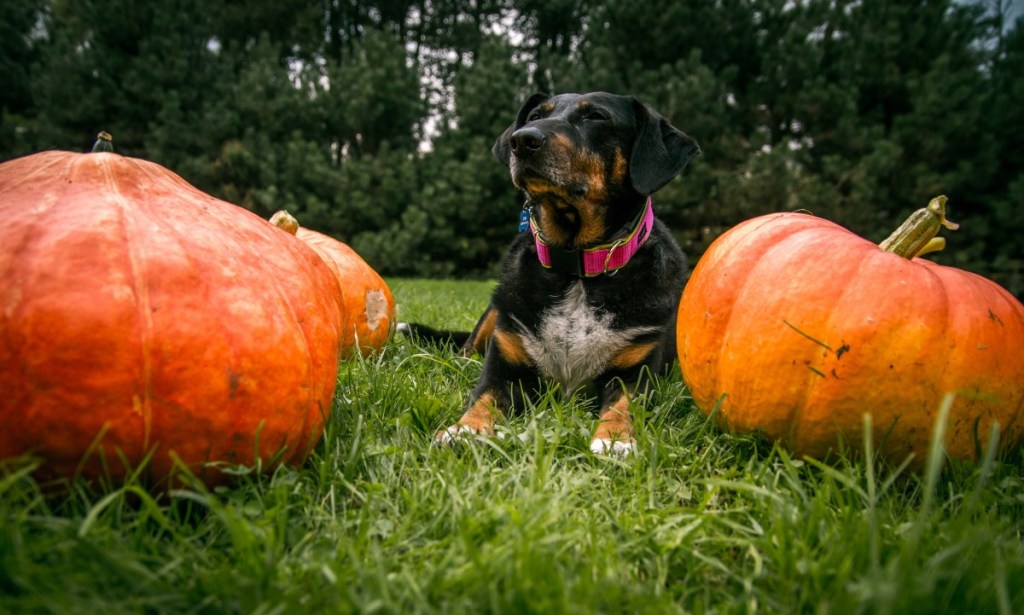Pet Talk Tricky Treats: Protecting Your Pet from a Halloween Scare
Published 3:20 pm Sunday, October 27, 2019
Halloween is an exciting holiday marked by costumes, decorations, and treats that set the spooky scene. While these festivities may ensure a fun evening, they can also pose additional threats to your household pet.
Dr. Christine Rutter, a clinical assistant professor at the Texas A&M College of Veterinary Medicine & Biomedical Sciences (CVM), speaks to the dangers of pet poisoning on this holiday and how to react if intoxication does occur.
“The clinical signs for intoxication are extremely varied,” Rutter said. “Most intoxications will cause a sudden onset of signs, but these signs can range from subtle to severe. Altered behavior, clumsiness, vomiting, diarrhea, difficulty breathing, and seizure are the most common signs that I see in relation to pet poisonings.”
Halloween celebrations may introduce toxic foods and objects into your home that your pet would not be exposed to normally.
“Most of the things we worry about at Halloween are things like candy (including chocolate), sugar-free gum, glow sticks, and items they get into at Halloween parties, like party foods, recreational drugs, and alcohol,” Rutter said. “Glow sticks aren’t actually toxic, but the fluid within them is irritating and pets (especially cats) will drool and be very upset if they open one.”
Rutter advises that a pet owner who suspect their animal has ingested a toxic substance seek medical advice as soon as possible.
“I recommend that owners contact their veterinarian or the ASPCA’s Animal Poison Control Center hotline for advice about how to handle a potentially poisoned pet,” Rutter said. “An additional benefit is that the ASPCA Animal Poison Control Center hotline provides owners with a case number that their veterinarian or a veterinary emergency doctor can use to call and speak directly to a toxicologist about the pet’s specific case, should the pet need to go to a hospital.”
Even if the potentially poisoned pet is not exhibiting symptoms, Rutter recommends seeking medical help. If you are unsure of whether your pet has ingested enough of a toxic substance for harm to be done, an expert should still be contacted as soon as possible.
“I wouldn’t recommend the ‘wait and see’ plan. With toxins, limiting the animal’s absorption of the toxin before the pet is symptomatic is very important,” Rutter said. “If we can prevent problems before they happen, that’s going to be a lot more effective than trying to reverse clinical signs that are already present. Part of toxin management is minimizing the impact of the toxin.”
It is imperative that pet owners remember that foods that are harmless to them—chocolate, sugar-free gum, party foods, and alcohol—pose a serious threat to the well-being of their furry friend.
“Families have to be very careful to limit exposure to hazards during the Halloween season. All candy and food items have to be kept out of an animal’s environment. Sometimes that means keeping candy in a refrigerator, microwave, or other closed space,” Rutter said.
“It’s also a good idea to keep pets confined during Halloween parties and trick-or-treating events. All of the new people, strangers in costume at the door, and access to tempting treats can be a recipe for anxiety, increased scavenging behavior, and exposure to toxins.”
Pet Talk is a service of the College of Veterinary Medicine & Biomedical Sciences, Texas A&M University. Stories can be viewed on the web at vetmed.tamu.edu/news/pet-talk. Suggestions for future topics may be directed to editor@cvm.tamu.edu.






